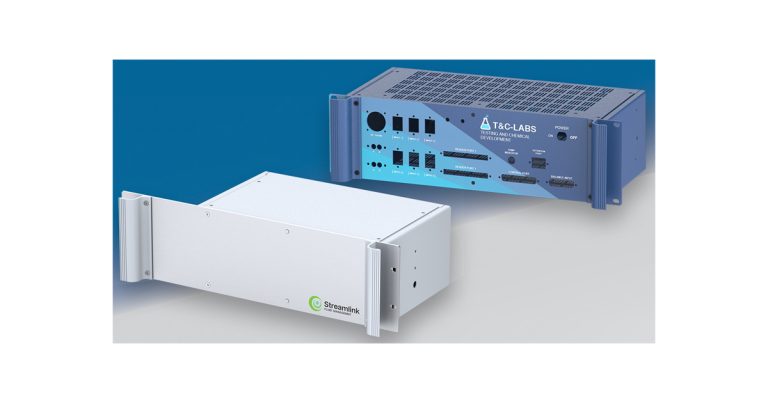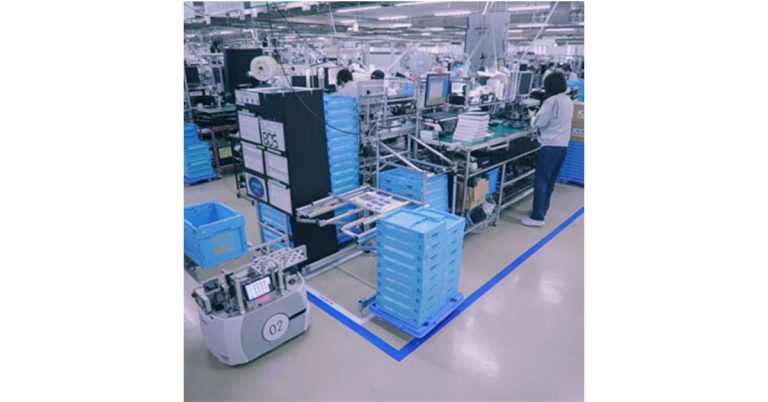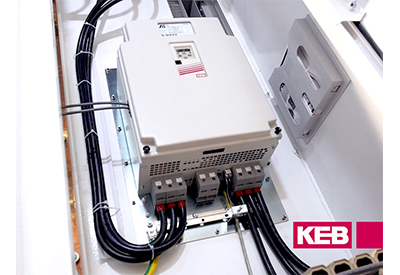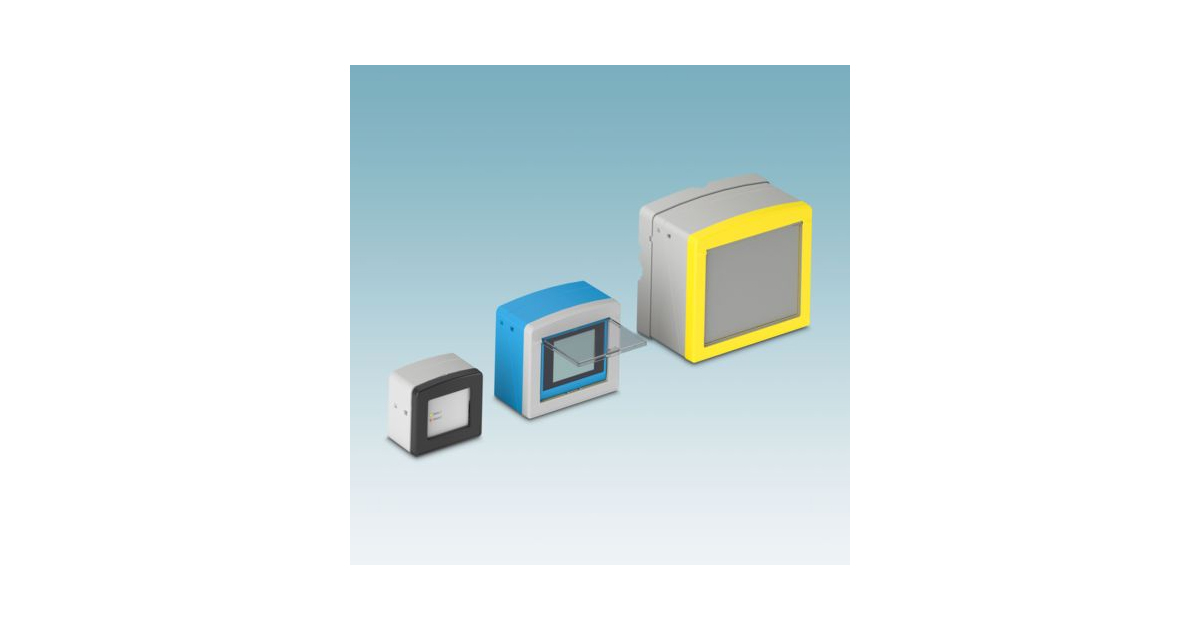Siemens’ Tips for Panel Builders Series – Part 7: Door Coupling Rotary Operating Mechanism According to IEC Standards

December 15, 2020
Control panels in the international market are subject to requirements for protection against direct contact and electric shock according to IEC 61439-1/2 (Low-voltage switchgear and controlgear assemblies) and IEC 60204-1 (Safety of machinery). To comply with these requirements, it must be ensured that live parts cannot be touched under normal operating conditions.
The IEC standards specify that enclosure doors must be interlocked according to certain specifications but at the same time allow maintenance and service work by skilled electricians.
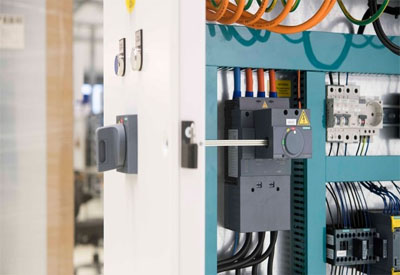 Tips for you!
Tips for you!
What basic design should be used for a door-coupling rotary operating mechanism according to IEC standards?
The door-coupling rotary operating mechanism is designed for installation in control panels and distribution boards. The mechanism basically consists of a handle, a front-operated rotary mechanism with shaft butt having an extension shaft and coupling piece if necessary. Installation on both the front or side is possible. (see picture above)
What conditions must a door interlock designed according to IEC meet?
The following IEC standards specify under which conditions and in which cases a door interlock must be installed:
- IEC 60204-1 (chapter 6.2)
- IEC 61439-1 (chapter 8.4.2)
- IEC 60364-4-41
When an industrial control panel
- controls a machine and
- operates under a voltage >50 V AC or >120 V DC,
the control panel must be interlocked with the disconnecting means (e.g. the main switch) in such a way that the control panel can only be opened when the disconnecting means is switched off.
However, there are also situations that require instructed persons to deliberately open the control panel for certain activities while the panel is still under voltage. This is the reason for the exception that the control panel can be opened during operation with the aid of a tool or key. However, it must be ensured that the disconnecting means can be switched off at any time and locked in OFF position or otherwise prevented from unauthorized switch-on. The interlock must become active again automatically when the door is closed after completion of the activity.
Specifically, Chapter 6.2.2. of IEC 60204-1 permits opening of the control panel under voltage under the following conditions:
- “The use of a key or tool is necessary for access. For those enclosed electrical operating areas, see IEC 60364-4-41 or IEC 60439-1 as appropriate.”
- “All live parts, that are likely to be touched when resetting or adjusting devices intended for such operations while the equipment is still connected shall be protected against direct contact to at least IP2X or IPXXB.”
- “Other live parts on the inside of doors shall be protected against direct contact to at least IP1X or IPXXA.”
- “Opening without the use of a key or a tool and without disconnection of live parts shall be possible only when all live parts are protected against direct contact to at least IP2X or IPXXB (see IEC 60529).”
Relevant information about the procedure for the defeat of the interlock shall be supplied with the plant documentation.
You will find detailed information in the IEC Guideline reference manual.
(Chapter 6.3 Protection against electric shock)
Download IEC Guideline Reference Manual
Accessories for door interlocking according to IEC 60204-1
With more than 500 accessory components, the 3VA molded case circuit breakers and disconnects can be configured as needed in order to add additional functions and adapt flexibly to specific requirements.
3VA circuit breakers with IEC and UL rating
Can you forego a door interlock in certain cases?
A control panel can be designed without door interlocking under the following conditions:
- Operating voltage ≤50 V AC or ≤120 V DC according to IEC 60364-4-41 (SELV/ Safety Extra Low Voltage and PELV/ Protective Extra Low Voltage)
- It has no door (e.g. only a cover without hinges, which can only be removed with a tool)
Can a twist lever be used as a door interlock according to IEC 60204-1 and 61439-1?
Yes. According to IEC 60204-1 and IEC 61439-1, a twist lever is permissible as door interlock of a control panel.
However, it must be guaranteed here that only skilled electricians or instructed persons can gain access. Otherwise, access is possible with the aid of a key (e.g. including triangular socket, square socket, double-bit) or a suitable tool.

